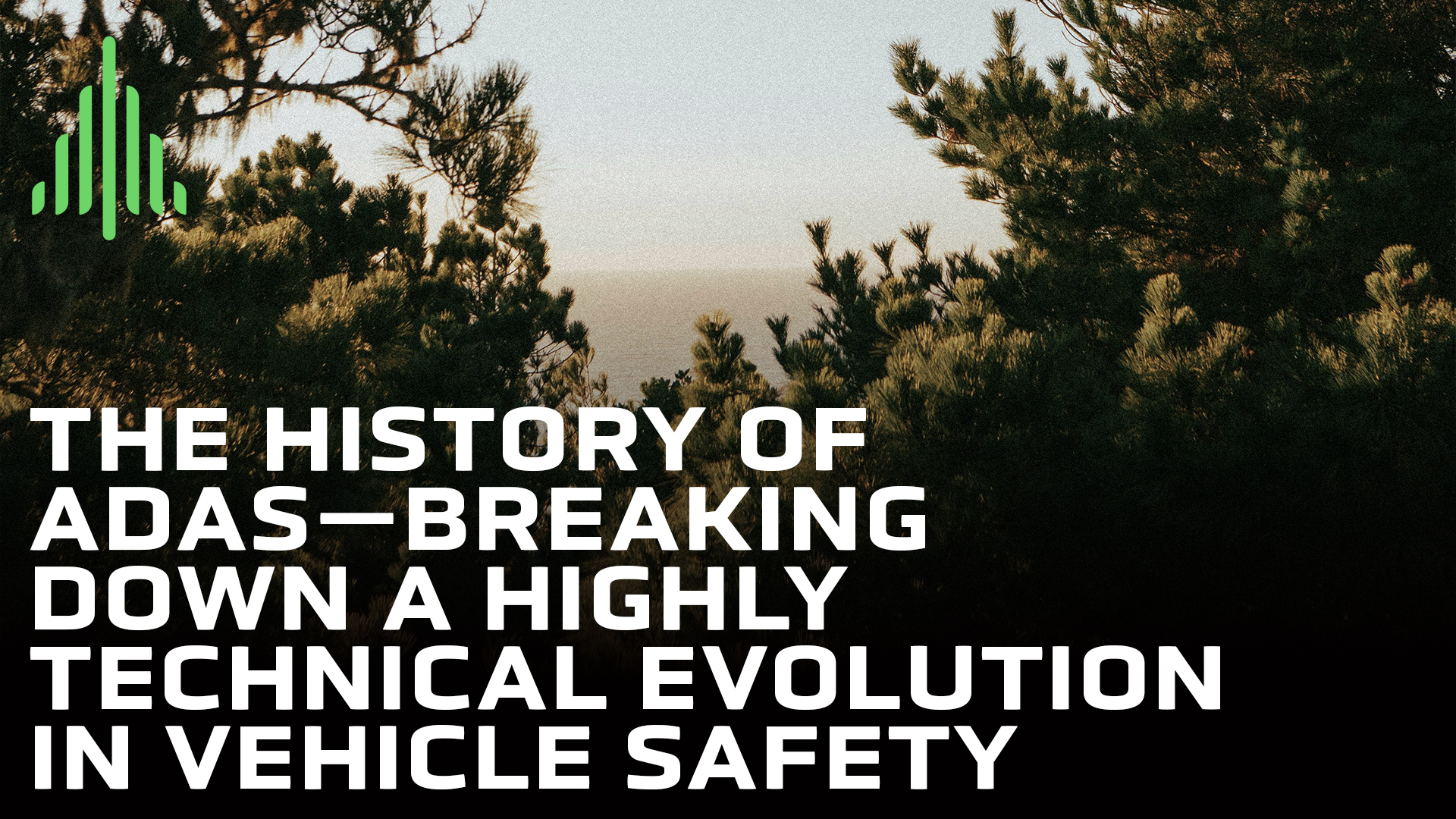Advanced Driver Assistance Systems (ADAS) have completely transformed how we think about road safety. What began as basic safety features has grown into a suite of intelligent technologies that help drivers avoid collisions, stay in control, and navigate with greater confidence. But how did we get here? Let’s break down the evolution of ADAS—from its early roots to the cutting-edge systems of today—and explore why proper calibration is more important than ever.
The Early Days of Advanced Driver Assistance Systems
ADAS may seem like a recent innovation, but its foundations were laid decades ago. Early advancements like anti-lock braking systems (ABS) and cruise control were among the first steps toward automated driver support. These features were mechanical, not digital, but they introduced the idea of technology assisting human drivers.
By the 1990s and early 2000s, technology had taken a leap forward. Radar- and camera-based sensors allowed for features like adaptive cruise control and lane departure warnings, marking the beginning of intelligent driver-assist systems. These early technologies weren’t perfect, but they paved the way for the smart, sensor-driven vehicles we see on the roads today.
The Current ADAS Landscape
Fast forward to present day, and ADAS has become a standard part of the driving experience. Due to increased safety regulations and growing consumer expectations, features like automatic emergency braking, blind-spot detection, and lane-keeping assist are widely available—even in mid-range vehicles.
What makes today’s systems so powerful? A combination of advanced sensors, high-resolution cameras, LiDAR, and AI-driven algorithms allows vehicles to interpret their surroundings in real-time. This technology doesn’t just make driving easier—it makes it safer. As automakers move closer to semi-autonomous vehicles, the precision and performance of ADAS will only become more critical.
Why It Matters
ADAS isn’t just a high-tech bonus—it’s a key player in reducing accidents and saving lives. These systems can respond faster than human drivers, minimize error, and create a safer environment for everyone on the road.
But here’s the catch: ADAS is only as effective as its calibration. A misaligned sensor or skipped recalibration after a repair can prevent these systems from functioning properly. That’s why it’s so important for both vehicle owners and repair shops to prioritize proper ADAS calibration. Understanding where this technology came from helps highlight just how essential its ongoing care and maintenance truly are.
Stay Ahead with Proper ADAS Calibration
Want to ensure your ADAS systems are working properly? Evergreen Calibration is here to support you. With expert technicians and industry-leading tools, we provide precise, reliable calibration services that keep safety systems functioning at their best.


